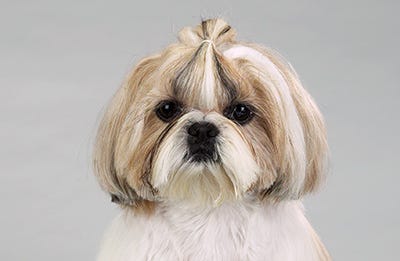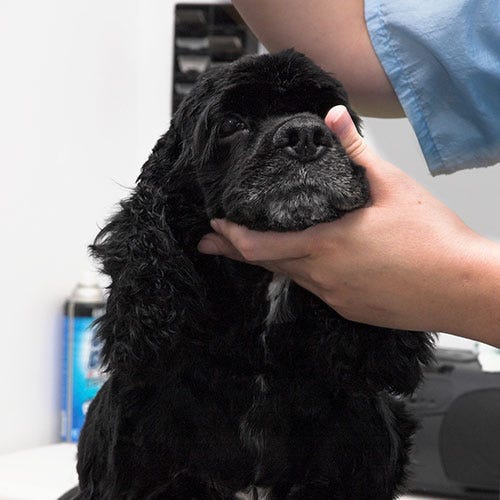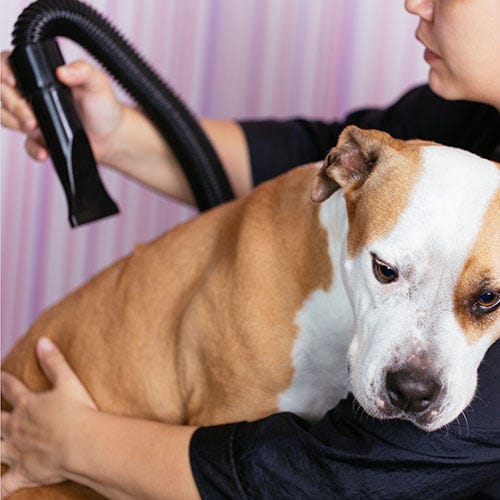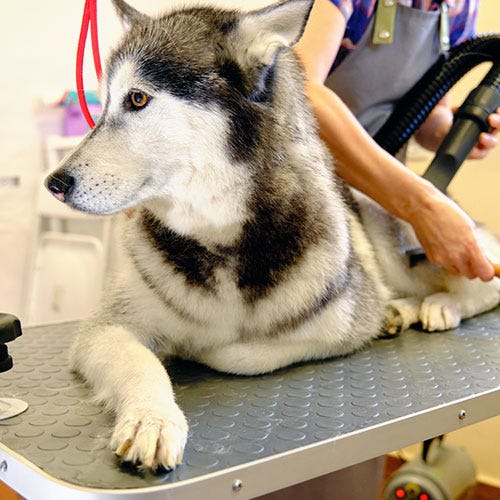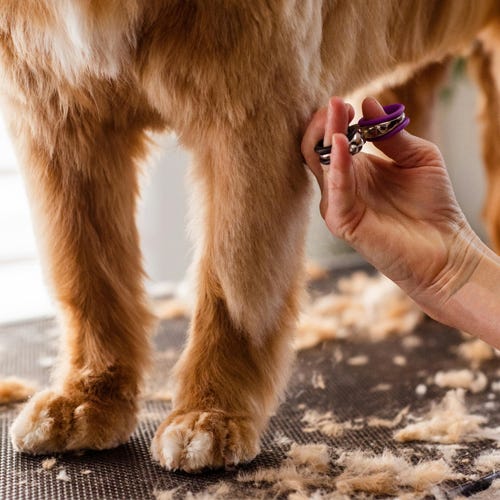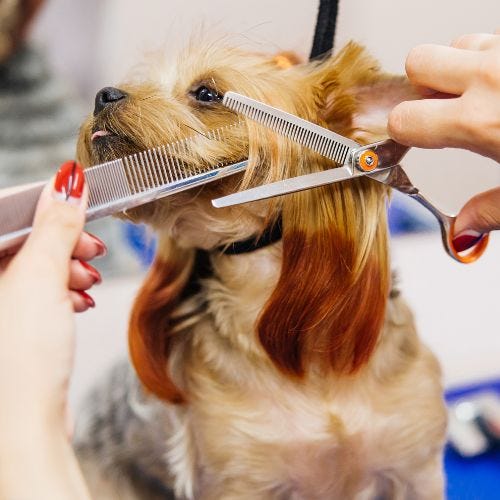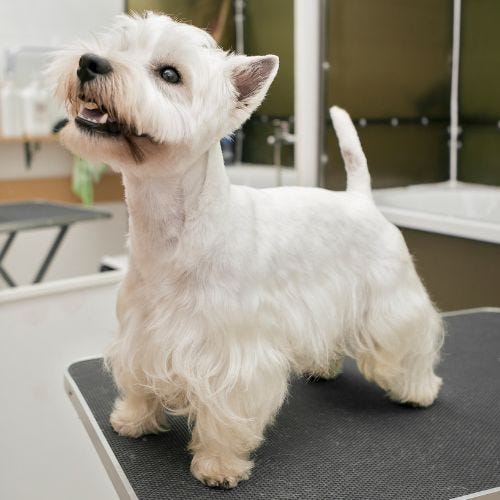True confession time. When I was a brand-new groomer, we used many products on pets that were NOT designed with that purpose in mind. “Like what?” you may ask. Like, Downy fabric softener for conditioner, believe it or not. Mind you, this was back when Downy was its original scent, it smelled like sunshine and your favorite denim and happiness, but I digress. So why did we do this? In part, it was because there were few products available specifically for dogs and cats. If you were to compare the number of pet care products available in the ‘70s and ’80s to the endless available choices currently, your mind would be truly boggled. And in part, it was ignorance. Groomers didn’t have the educational opportunities back then that are so freely available now, and networking to share knowledge within the industry was almost unheard of.
Fast forward to today, and the variety of shampoos, conditioners, mousses, sprays, spritzes, and detanglers fill page after page of grooming supply websites and catalogs. In 2021 The Global Pet Grooming Supplies Market was estimated at 2,763 million dollars. * And yet, many groomers still stray from using grooming supplies designed for dogs and cats, choosing instead to use things designed for humans, laundry, or even dirty dishes.
I hear groomers say things like, “Well, I have used dish detergent on greasy dogs for years and have never had a problem.” Or “I use mousse from the drug store. It’s cheaper than the stuff made for dogs, and I think it works the same.” Or, “My neighbor’s best friend’s cousin’s babysitter said his veterinarian recommended dandruff shampoo for dogs, and I tried it, and nothing bad happened.”
The idea to write this blog came today when a long-time customer sent me a text message. “Last time you bathed Bandit, I thought he was going to chew his tail off. He kept rolling in the snow, wouldn’t eat, and didn’t want me to touch him. After six hundred dollars of vet tests, they think he reacted to your shampoo.” This information is upsetting to me. It is never my intention to cause any dog discomfort. But you know what was not disturbing to me? I was able to assure this lovely woman that I had used products designed for use on pets by responsible companies. If her veterinarian wants to know what ingredients came in contact with this dog’s skin, I can, with absolute confidence, give them the information.
So while I fully understand that using off-label products on pets is not uncommon, and while I can see that in most cases, there are no adverse reactions in the pets, my bottom line is this: I want to be able to show my customers that I purchase and use products that are formulated for pets. I do not want to say, “Oh, he got irritated? It must have been the dish detergent. Or the fabric softener.” Yikes!
The pet grooming industry has grown and improved dramatically since I first washed a poodle. As a result, we are far more educated and professional than our predecessors. Part of being recognized and treated as professional people lies in the products we choose to use as we perform our craft.
*(https://www.marketwatch.com)
By Daryl Conner, MPS, MCG
Daryl Conner has been devoted to making dogs and cats more comfortable and beautiful for almost 40 years. You can find her happily working at FairWinds Grooming Studio with her daughter and infant granddaughter, or typing away at her latest grooming-related article. Daryl was awarded both a Cardinal Crystal Award and Barkleigh Honors Award for journalism. She shares her meadow-hugged antique Maine farmhouse with her practically perfect husband and too many animals

